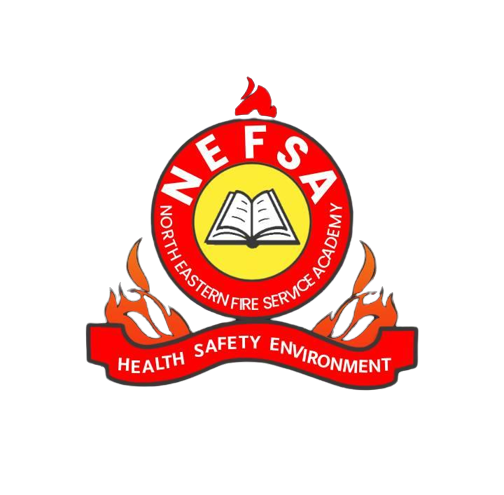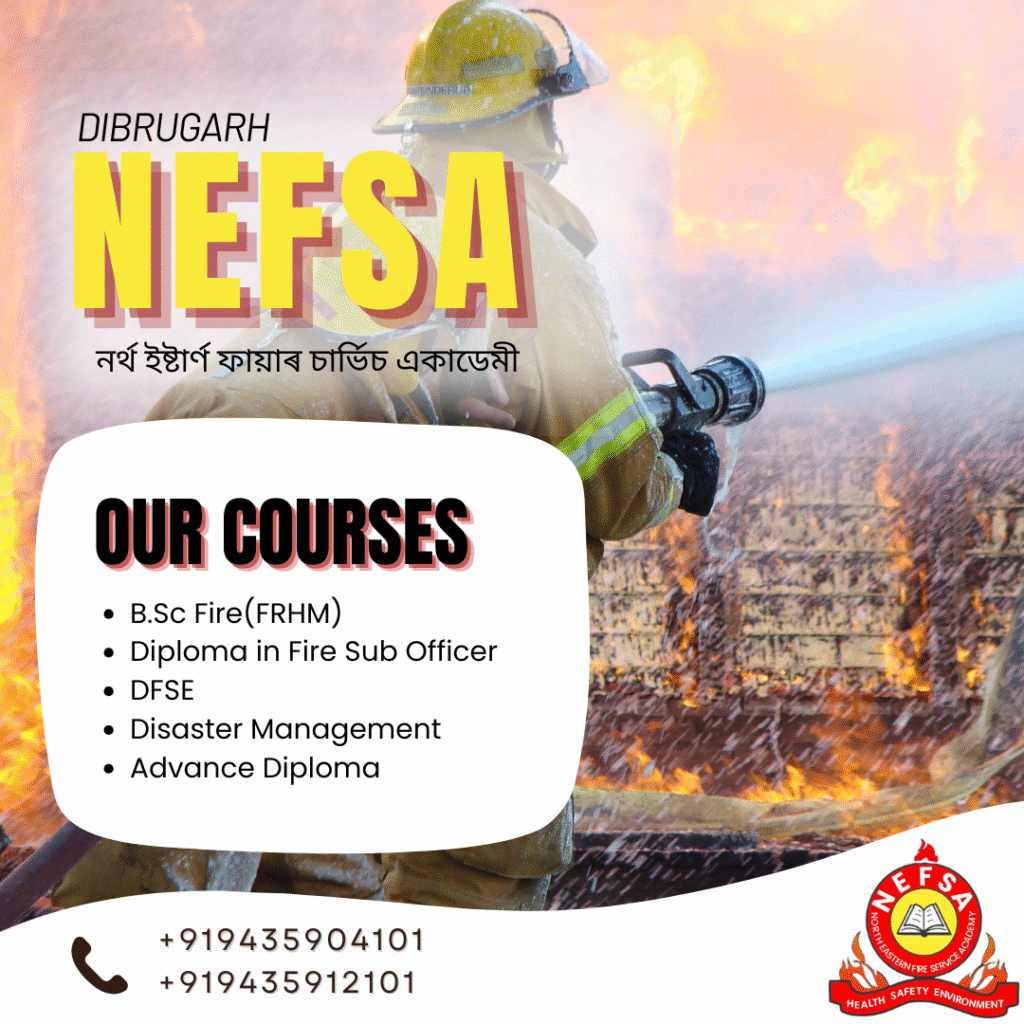Knowing which fire extinguisher to use can be the difference between a small incident and a disaster. This NEFSA guide explains the common extinguisher types, the classes of fire they’re designed for, how to choose the right one for different environments, and simple maintenance and safety tips every building owner and employee should know.
Quick primer — Fire classes (what’s burning?)
-
Class A: Solid combustibles — wood, paper, textiles.
-
Class B: Flammable liquids — petrol, paint, solvents.
-
Class C: Flammable gases.
-
Class D: Combustible metals (specialist industrial).
-
Class F (or K in some regions): Cooking oils and fats (deep fat fryer fires).
Understanding the class tells you which extinguisher will work and which could make things worse.
The main types of fire extinguishers (and when to use them)
1. Water extinguishers
Best for: Class A (wood, paper, textiles).
How it works: Cools the burning material and soaks it to prevent re-ignition.
Caution: Never use on flammable liquid fires, electrical fires, or cooking oil fires water can spread flammable liquids and conduct electricity.
2. Foam extinguishers
Best for: Class A and B (solids and flammable liquids).
How it works: Forms a film/foam over burning liquid to smother and cool it effective for petrol, diesel, paints. Foam is commonly recommended for mixed A/B risks.
3. Dry powder extinguishers (ABC & specialist powders)
Best for: General-purpose powders (A, B, C), specialist powders for metal fires (D).
How it works: Interrupts the chemical reaction of the fire and smothers it. Versatile, but leaves a corrosive residue and can obscure vision in confined spaces — consider clean-up and equipment damage. For metal fires use specialist powder only.
4. Carbon dioxide (CO₂) extinguishers
Best for: Class B and electrical fires.
How it works: Displaces oxygen and cools slightly — leaves no residue, so useful for electrical rooms and offices with sensitive equipment. Not ideal for Class A (re-ignition risk) or small, windy outdoor areas.
5. Wet chemical extinguishers (Class F / K)
Best for: Cooking oil and fat fires (commercial kitchens).
How it works: Forms a soapy, cooling barrier (saponification) that prevents re-ignition and cools the oil. These are specifically designed for deep fat fryer incidents.
How to choose the right extinguisher for your site
-
Carry out a fire risk assessment — identify likely fuel types (paper, fuels, kitchen oils, metals). Use that to pick extinguisher classes.
-
Match extinguisher type to fire risk: kitchens → wet chemical; workshops with flammable liquids → foam or powder; server rooms → CO₂ or clean agent alternatives.
-
Consider the environment: enclosed spaces, electrical equipment, food prep areas, and presence of flammable metals all influence the correct choice.
-
Don’t rely on a single extinguisher type if your site has mixed risks — provide the right mix and place them where risks are greatest.
Basic maintenance & inspection (keep your extinguisher ready)
-
Monthly visual check: pressure gauge, cylinder damage, pin and seal intact.
-
Annual professional service: full inspection and servicing by a qualified technician (follow local code/NFPA guidance such as NFPA 10 where applicable).
-
Record keeping: tag inspections with dates and service details. Replace or recharge after any use.
Safety tips for using extinguishers (PASS method)
-
Pull the pin.
-
Aim low at the base of the fire.
-
Squeeze the handle.
-
Sweep from side to side.
Only attempt to fight small, contained fires — always keep an escape route and call emergency services first if in doubt.
NEFSA recommendations (training & readiness)
-
Train staff with hands-on extinguisher demonstrations and regular fire-drill scenarios.
-
For commercial kitchens, install wet chemical extinguishers and ensure staff know how to safely isolate fuel sources (turn off heat, where possible).
-
For workshops and industrial sites, include specialist D-class powder for metal risks and ensure personnel know its limitations.
NEFSA runs practical fire extinguisher training courses that cover extinguisher selection, hands-on use, inspection, and site-specific planning contact NEFSA to schedule a session for your team.
Suggested FAQ (good for SEO rich snippets)
Q: Can I use water extinguishers on electrical fires?
A: No — water conducts electricity and can make electrical fires worse. Use CO₂ or dry powder rated for electrical fires.
Q: Are dry powder extinguishers safe for kitchens?
A: For cooking oil fires, wet chemical extinguishers are recommended. Dry powder is not ideal due to re-ignition risk and cleanup issues.
Q: How often should extinguishers be serviced?
A: Visual monthly checks are standard; a professional annual inspection/service is commonly required by standards like NFPA 10 (local rules may vary).
Contact us today to know more about admissions, batch schedules, and course details.
Visit: www.nefsaindia.com
Location: Dibrugarh, Assam
For More Blogs:- Click here







